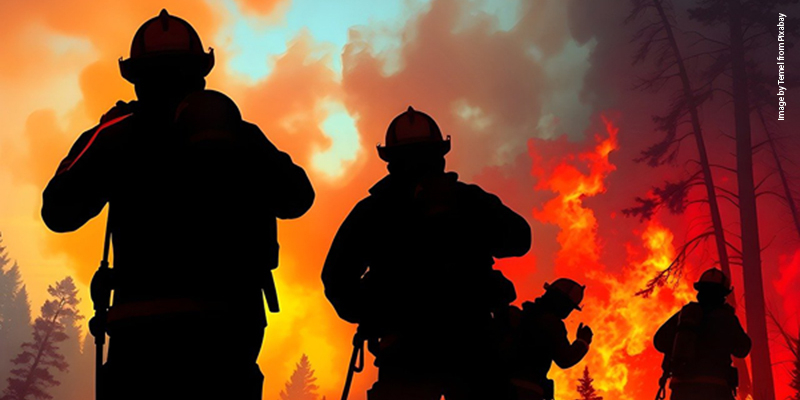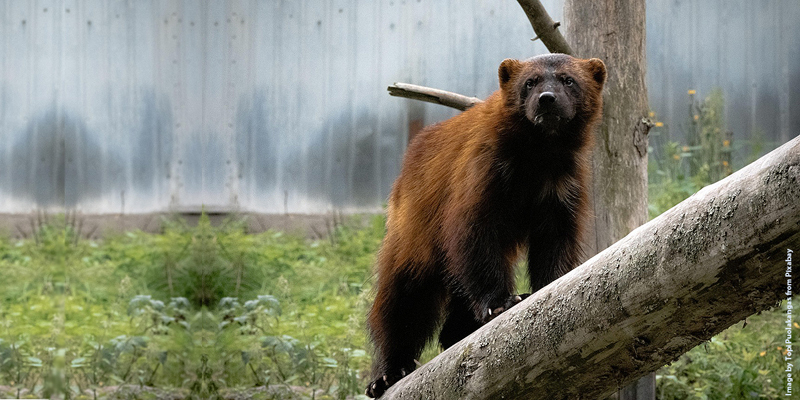Photo-realistic 3D mapping and digital reconstruction of an ancient underwater city in Greece has earned a team from the University of Sydney\'s Faculty of Engineering and Information Technologies top honours in Canon Australia\'s Extreme Imaging competition.
Ariell Friedman, an engineering PhD student co-supervised by Professor Stefan Williams and Dr Oscar Pizarro at the University\'s Australian Centre for Field Robotics (ACFR), won the prize for his project titled \'Diver-based stereo 3D documentation of excavations in Pavlopetri\'.The marine robotics team worked on location at Pavlopetri, the oldest known submerged city, which lies off the coast of Greece\'s southern Laconia region.Up to four metres of water covers artefacts and structures dating back 5,000 years. These cover an area of approximately 50,000 square metres, and comprise a network of stone walls, building complexes, courtyards, streets, graves and rock cut tombs. This latest work is part of a five-year collaborative project initiated in 2009 by Britain\'s University of Nottingham. Its aim is to identify when the site was occupied, how it functioned as a harbour town, how it came to be submerged, and how maritime trade was articulated there. The project has two main phases: comprehensive underwater survey of the submerged remains to document the site and its current condition (2009-2010), followed by three seasons of targeted underwater excavation (2011-2013).Archaeologists from the University of Nottingham started surveying the site in 2009 using a Total Station equipped with datalogging software. The shore based Total Station system was used to take three-dimensional points from a detail pole equipped with a prism, held by divers at carefully chosen locations on the site. Using bubble levels on the detail pole, the maximum error using this system was found to be less than 5cm. at a full pole extension of 5m. While the Total station mapping continued in 2010, the ACFR was invited to test and evaluate underwater vision-based mappingmethods for archaeological applications.Ariell\'s work not only involved operating the diver rig, but also modifying and improving the diver camera system and the development of software to allow the rapid production of maps by automating the data processing pipeline.A total of 47 dives were performed over a period of 10 days, gathering more than 135,000 pairs of stereo images from a Prosilica 12-bit 1360 X 1024.CCD camera A typical dive surveyed a grid area of approximately 15 by 10 metres, and took in the order of one hour to complete. To generate 3D reconstructions, corner features are extracted from each stereo image pair and triangulated to calculate their positions relative to the cameras. The point clouds are converted into Delaunay triangulated meshes, and registered in a global reference frame. The individual surfaces are fused into a single mesh using volumetric range image processing. Textures are produced by projecting the images onto the mesh structure, using blending over multiple spatial frequency bandsPreliminary results suggest the 3D reconstructions provide a representation that is suitable for archaeological interpretation. Compared to the Total Station survey, the output is considerably richer, and does not require the decision at the sampling stage of which points best describe the structures in the site.The ease with with which large scale reconstructions can be visualized provided a new perspective to archaeologists that are working on the site. The ability to share these reconstructions with other experts and the general public also open up new venues for collaboration and diffusion ofarchaeological work.A full account of this work, presnted to the 2011 IEEE International Conference on Robotics and Automation (Shanghai, China) can be downloaded in pdf format from http://db.acfr.usyd.edu.au/content.php/237.html?publicationid=740&displaypage=3 ---------------------------------------------The Extreme Imaging competition is run by Canon Australia and CiSRA, Canon Inc.\'s Australian research centre, and aims to promote and acknowledge local research at the intersection of imaging and technology.----------------------------------------------Pictured above: Depth-mapped mesh of chamber tomb. The chamber is approximately 4 m by 5 m in size, and has been cut to a depth of 3 m from the surrounding rock
For more information visit:
Subscribe to our newsletter
Stay updated on the latest technology, innovation product arrivals and exciting offers to your inbox.
Newsletter

